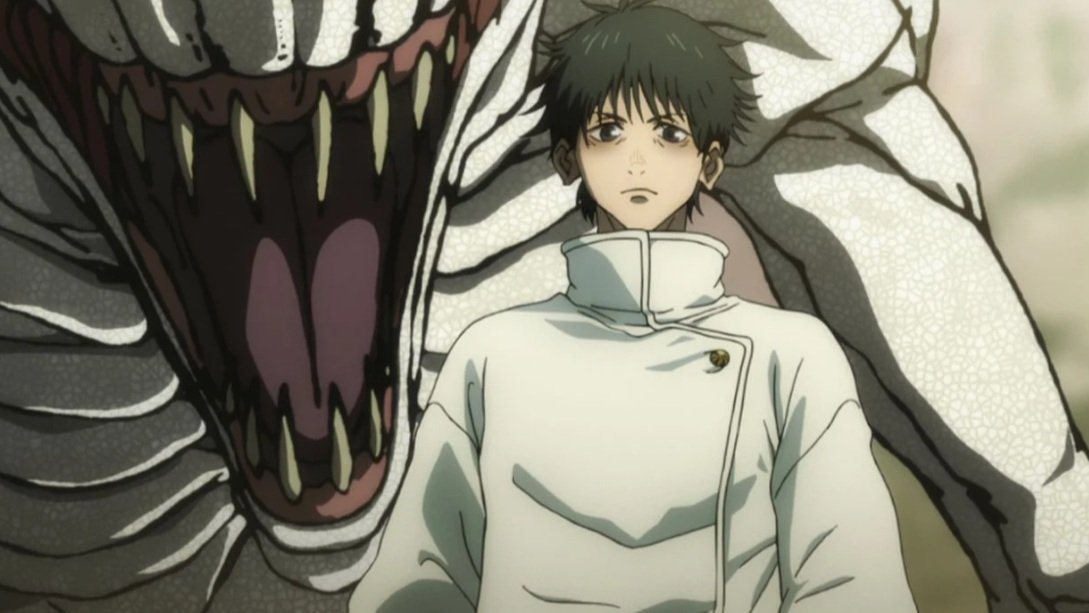Review: Alita: Battle Angel
For the last twenty years, director James Cameron has been trying to get a feature film adaptation of Yukito Kishiro’s manga series Gunnm made. With the Avatar series to focus on, he subsequently handed off directorial duties to Robert Rodriguez. The result is Alita: Battle Angel, one oddball, big budget studio film. As a massive attempt at starting a game-changing franchise, Alita ultimately falls flat.
Set in 2563, centuries after a large-scale war called The Fall leaves the world in ruins, the story takes place in Iron City, where citizens live off the literal scrapes of the rich, floating city of Zalem. Humans and cyborgs attempt to coexist here. Robot parts are traded and sold by humans, and there’s also a deadly game of Motorball where everyone competes for money and power. Oh, and there are also bounty hunters called Hunter-Warriors, and cyborg assassins who work for a bad guy Zalem scientist named Nova. Listen, there’s a lot going on, and right off the bat, there’s Cameron-level precision when it comes to the world-building elements of Alita. The combination of real-life sets with CGI backdrops make for a believable depiction of a post-apocalyptic future. Seeing this in any top-of-the-line digital theater (Dolby Cinema seems to be a favorite of Cameron’s) will present the painstaking work done to create such a well-constructed environment. Though, the one digital effect that’s been touted as the groundbreaking element of the film is Alita herself.
Alita (Rosa Salazar) is found by a cyborg surgeon, Dr. Dyrson Ido (Christoph Waltz), in a scrap pile. He fixes and wakes the sleeping, memory-swiped cyborg, and immediately becomes a guide and father figure to her in this strange, new world. In the film, to replicate the manga characterics of Alita (i.e. big eyes and lightening-quick fighting skills), she’s a fully-rendered, CGI, performance-captured character. The uncanny valley effect is ever-present. As soon as you emotionally connect with Alita — she’s struggling to remember her true self, and she’s the ultimate warrior, giving it her all to kill each and every bad guy in her way — you’re brought back down to the real-world, bizarre nature of a CGI character that’s not fully real enough and not fully fake enough, like the other cyborg characters in the world. The performance by Salazar helps, though, but Cameron and Rodriguez’s insistence that a humanoid cyborg character can interact with human characters without viewers batting an eye is more foolish than revolutionary.
The film’s strengths lies with its action beats. Here is where you can see the influence of producer-writer James Cameron in full force. Rodriguez’s renegade indie style is all but gone here, in its place is spectacle on the scale of Avatar. And Alita bypasses an R-rating by having its deadly carnage involve robots and cyborgs, but it’s still shockingly violent nonetheless — dismemberments play a pivotal part in the story.
Rodriguez’s style is seen with its handling of its female lead. Cameron, too, knows how to portrayal badass women on screen. This time around, Cameron has co-writer Laeta Kalogridis helping develop the titular heroine. There are moments of triumph; she easily kills many, many, many evil cyborgs. But, there are instances when Alita’s portrayal is completely misguided. The romantic subplot between Alita and a human, Hugo (Keean Johnson), is half-baked — Alita awkwardly pulls out her robotic heart for Hugo to sell in order for them both to run away together. And there’s an odd moment when Alita is fitted with a new robot body and it’s pointed out that the body shapes itself to her self-image, giving her bigger breasts. You have to wonder how any other director or producer, male or female, would‘ve handled that moment, or even bothered to emphasize that little detail at all.
Jennifer Connelly and Mahershala Ali are wasted as the human bad guys trying to take down Alita. Ali in particular could have reached higher with scene-stealing moments, but he never becomes an interesting enough foil for Alita. The problem is, the top bad guy, Nova, is only briefly seen (an uncredited cameo I won’t spoil here), and never becomes a real threat. You see, this is all a set-up for a future confrontation between Alita and Nova, and it should come as no surprise that we don’t get the closure we so desire by the time the credits roll. Cameron and Rodriguez are betting Alita: Battle Angel is a massive enough hit that we’ll see Alita 2, then Alita 3, Alita 4, and Alita 5. It’s a massive gamble, and while there are interesting ideas and some thrilling blockbuster moments in this film to make for any interesting installment, the concept of “oh, well, just wait for the next one” does leave you cold. In the age of cinematic universes, it take a whole lot for audiences to invest interest in one movie, let alone future installments and Alita: Battle Angel just doesn’t warrant enough.














